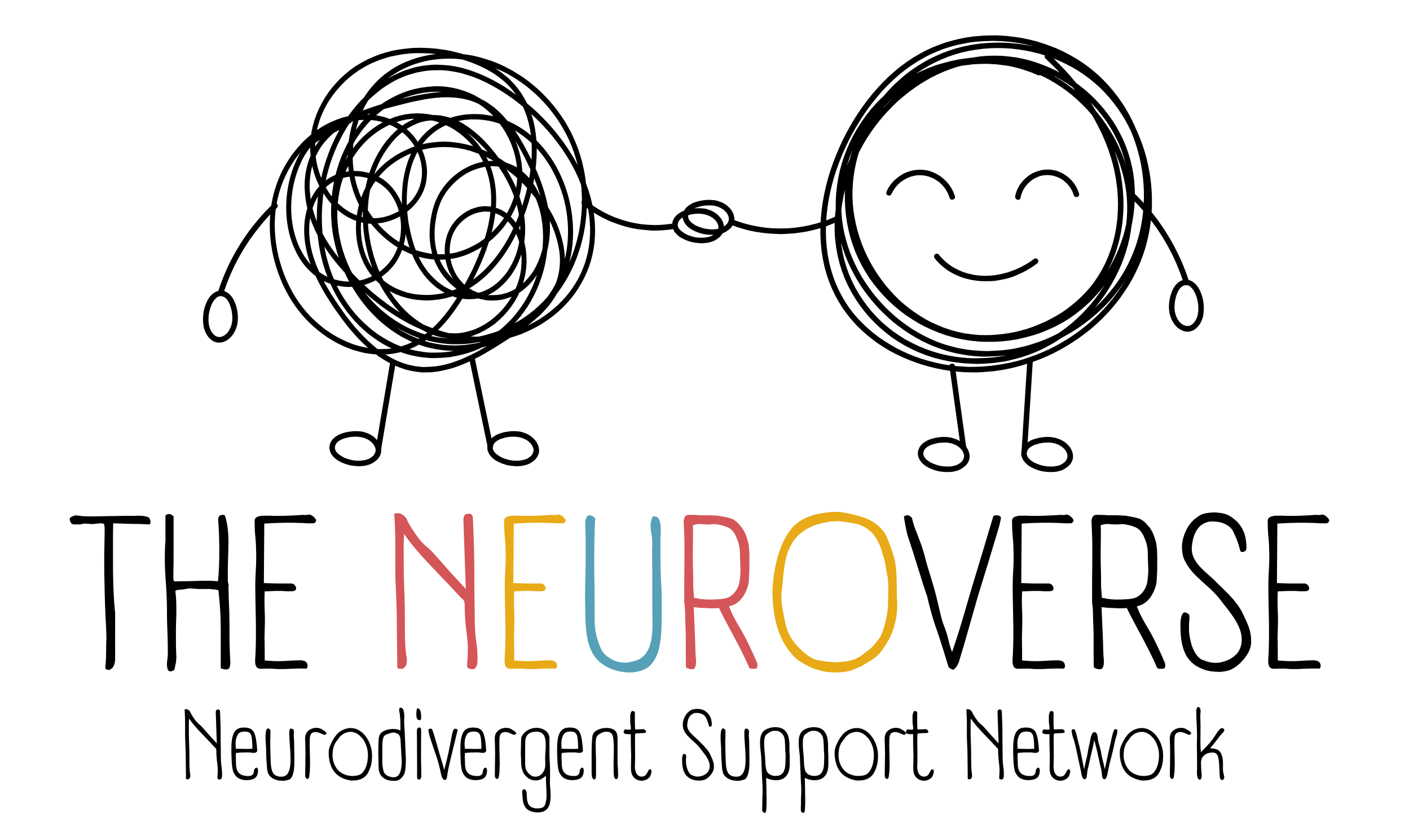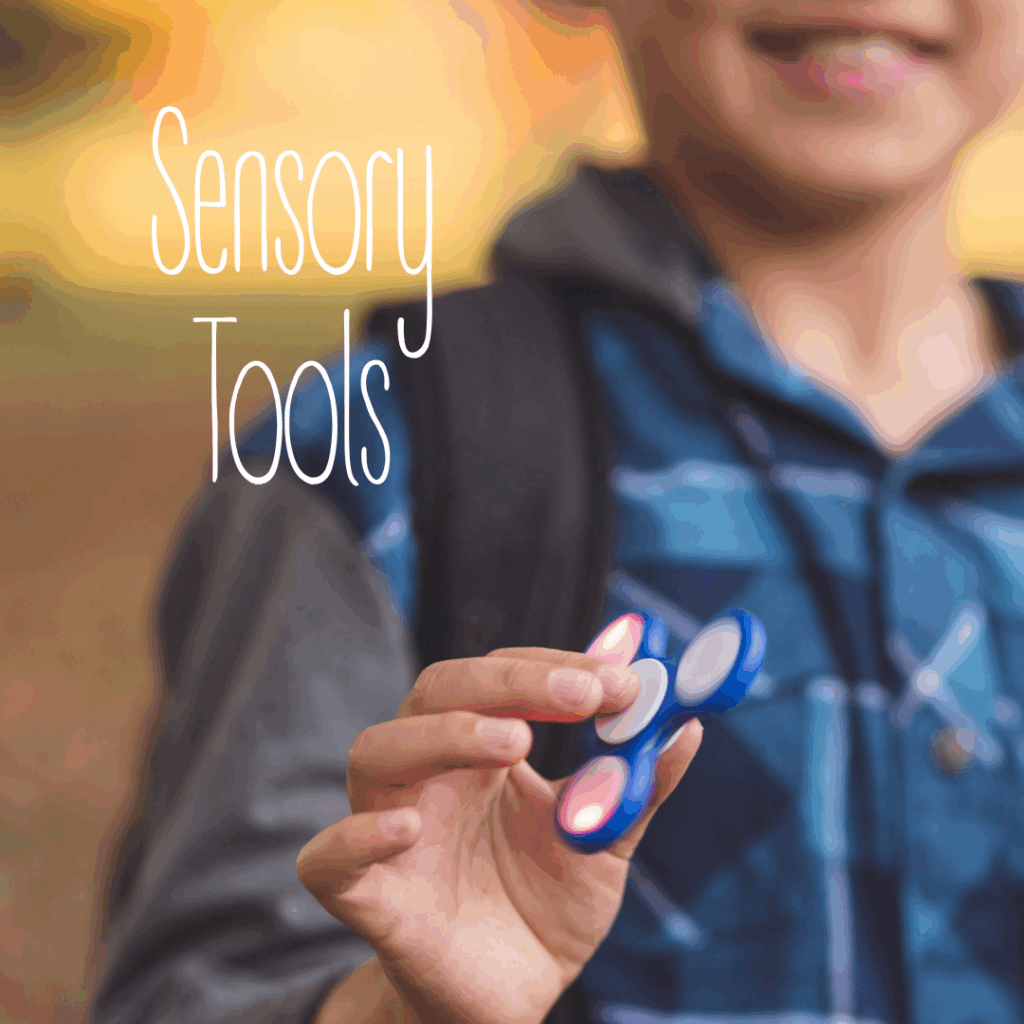Neurodivergent Children in Mainstream Classrooms

The Challenges Neurodivergent Children Face in Mainstream Classrooms: A Focus on ADHD and ASD
Neurodiversity, the idea that a kid’s brain functions differently from those of children who are neurotypical, comes in many forms, including learning disorders, ADHD, autism spectrum disorder (ASD), and sensory processing issues. While this inclusive approach aims to provide equal opportunities for all students, it also presents significant challenges for neurodivergent children. These challenges span social interactions, coping mechanisms, and skill development. Understanding these hurdles is crucial for parents, educators, and peers to create supportive environments that enable these children to thrive.
In today’s inclusive education systems, about 15-20% of children in mainstream schools require additional support for learning, and the majority of these could be described as neurodivergent. This includes children with ADHD, ASD, dyslexia, dyspraxia, and other learning differences.
According to studies conducted, 5% -10% of children in South Africa are affected by ADHD, consistent with global prevalence rates. Research conducted by the Department of Education indicated that in 2007, 17% of learners with special educational needs in mainstream schools had ADHD. This percentage reflects the significant presence of ADHD among school-aged children requiring special support.
The prevalence of ASD in South Africa is estimated to affect about 2% – 5% of the population, however, accurate data collection is limited, and the true prevalence might be higher. A study conducted in the Western Cape found that 0.08% of learners had an ASD diagnosis, with most of these students concentrated in urban areas like Cape Town.
Therefore based upon these estimates, in an average classroom of 30 students, approximately 3 students could have ADHD, 1-2 students could have ASD, and overall, 4-6 students could be neurodivergent (ADHD, ASD, dyslexia, dyspraxia, and other learning differences).
Social Challenges
Children with ADHD often struggle with impulsivity, hyperactivity, and inattention, which can affect their social interactions. They may interrupt conversations, have difficulty waiting their turn, and exhibit behaviour that peers find disruptive. These behaviours can lead to misunderstandings, social isolation, and sometimes bullying. ADHD children may also struggle with maintaining friendships due to their unpredictable behaviour and difficulty following social norms.
Similarly, children with ASD face unique social challenges due to difficulties with communication, understanding social cues, and engaging in typical social interactions. They may prefer solitary activities, have trouble interpreting facial expressions or body language, and struggle with changes in routine or environment. This can result in social isolation, misunderstandings, and being targets for bullying. Their peers might not understand their behaviours, leading to further social disconnect.
Coping in a Neurotypical Classroom
In a neurotypical classroom, children with ADHD may find it hard to stay focused, follow instructions, and complete tasks. The structure and pace of mainstream education can be overwhelming. They might frequently move around, fidget, or become easily distracted, which can be seen as disruptive. This environment can also lead to academic struggles, resulting in frustration and low self-esteem.
Similarly, children with ASD might find mainstream classrooms overstimulating due to sensory sensitivities. Bright lights, loud noises, and crowded spaces can cause significant discomfort. They may also have difficulty understanding and adhering to classroom routines and expectations. The social demands and unstructured social times, like lunch breaks, can be particularly challenging. These factors can lead to anxiety, withdrawal, and difficulty engaging with the curriculum.
Essential Skills Lacking
Both ADHD and ASD children often struggle with executive functioning skills, which include planning, organisation, time management, and self-regulation. These skills are essential for academic success and managing daily tasks in a school environment.
Understanding and practicing social skills such as social norms, building and maintaining friendships, and effective communication are areas where neurodivergent children often need support. They might not naturally pick up on social cues and may require explicit teaching and practice in these areas.
Adaptive Skills such as flexibility, adaptability, and problem-solving are crucial for thriving in a dynamic school environment. Neurodivergent children might find it challenging to adapt to changes in routine, new activities, or unexpected situations, leading to increased anxiety and stress.
Areas of Support Needed
There are three fundamental areas where neurodivergent students of all ages tend to need support:
- Behavioural Issues
- Social Challenges
- Executive Functioning
Tips for Teachers: Look Beyond the Behaviour
Neurodivergent kids process information differently, which can affect their response to language, sensory stimuli, emotions, and changes. If a kid is acting out, it likely means they’re struggling in one or more of these fundamental areas. Teachers can help by validating their feelings and helping them to problem-solve those behaviours. This involves listening without judgment and brainstorming more effective ways to handle strong feelings.
Create a Structured Environment:
- Consistent Routine:
Establish a predictable classroom routine to help neurodivergent children feel secure and understand what to expect throughout the day.
- Clear Instructions:
Provide clear, concise instructions and check for understanding. Break tasks into smaller, manageable steps.
- Visual Supports:
Use visual schedules, charts, and reminders to support understanding and independence.
- Executive Functioning Tools:
Implement checklists, dedicated binders, reward systems, timers, planners, and calendars to help students manage tasks and time effectively.
Support Behavioural Issues:
- Visual Supports:
Have the day’s schedule clearly posted where all students can see it.
- Relaxation Exercises:
Start the day with a breathing/relaxation exercise to ground kids.
- Relaxation Area:
Have a designated area in the classroom where kids can use noise-cancelling headphones when they get overwhelmed.
- Safe Person:
Ensure the child knows they can go to a specific teacher, counsellor, or nurse when feeling overwhelmed.
- Movement Breaks:
Schedule movement breaks to help neurodivergent kids who struggle to sit still.
- Preferential Seating:
Seat children with learning issues closer to the teacher and away from distractions. Pair them with peers who are good behavioural models.
- Fidget Tools:
Provide wiggle seats or fidget toys to help children manage their need to move without disrupting the class.
- Offer group work alternatives:
Group work can be overwhelming and difficult for neurodivergent children. Provide opportunities for children to work on their own or to pair off with another learner for a more structured and predictable working arrangement.
Support Executive Functioning Skills:
- Organisational Tools:
Use planners, checklists, and timers to help students manage tasks and time effectively.
- Explicit Instruction:
Teach executive functioning skills explicitly, including how to plan, organise, and prioritise tasks.
- Curricula and Resources:
Implement executive functioning curricula to help children develop these skills both at school and at home.
Support Social Skills:
- Inclusivity: Foster a classroom environment that promotes empathy, acceptance, and inclusivity of all students.
- Social Skills Training: Incorporate social skills training into the curriculum to help all students learn effective communication and interaction strategies.
- Proactive Support: Implement mentoring programs, buddy benches, and praise inclusive behaviours to support social interactions.
Tips for Parents and Children
For Parents:
- Advocate for Your Child:
Work closely with teachers and school administrators to ensure your child’s needs are met. This might include requesting an Individualized Education Plan (IEP) that outlines specific accommodations.
- Create Structure at Home:
Establish consistent routines and clear expectations to help your child develop organization and time-management skills.
- Foster Social Skills:
Encourage playdates and social interactions in structured and supervised settings. Social skills groups or therapy can also be beneficial.
- Support Sensory Needs:
Understand your child’s sensory preferences and create a calming environment at home. Provide tools like noise-cancelling headphones or fidget toys to help them manage sensory overload.
- Create an “About Me” Letter:
Provide a letter to teachers outlining your child’s strengths, challenges, and effective coping strategies.
For Children:
- Use Tools and Strategies:
Learn to use organisational tools like planners, visual schedules, and timers to keep track of tasks and manage time effectively.
- Practice Social Skills:
Engage in role-playing scenarios to practice social interactions and responses. Seek opportunities for positive social experiences.
- Communicate Needs:
Encourage open communication with teachers about what helps them focus and what accommodations they might need.
- Develop Coping Mechanisms:
Explore and practice coping strategies such as deep breathing, mindfulness, or taking breaks to manage stress and sensory overload.
Conclusion
Integrating neurodivergent children into mainstream classrooms is a step towards inclusivity, but it requires understanding, support, and adaptation from all involved. By recognising the unique challenges faced by children with ADHD and ASD, and implementing targeted strategies to support them, we can create educational environments where every child has the opportunity to succeed. Parents, educators, and peers all play crucial roles in this process, working together to foster a compassionate and effective learning environment for neurodivergent children.
References:
- Child Mind Institute. (n.d.). Autism Center. Retrieved from [https://childmind.org/center/autism-center/](https://childmind.org/center/autism-center/)
- International Dyslexia Association. (n.d.). Dyslexia Research and Intervention. Retrieved from [https://dyslexiaida.org/](https://dyslexiaida.org/)
- Dyspraxia Foundation. (n.d.). Resources and guidelines for supporting children with dyspraxia in educational settings. Retrieved from [https://dyspraxiafoundation.org.uk/](https://dyspraxiafoundation.org.uk/)
- Center for Parent Information and Resources. (n.d.). ADHD, ASD, and other learning disabilities: Strategies for classroom support. Retrieved from [https://www.parentcenterhub.org/](https://www.parentcenterhub.org/)
- Autism Speaks. (n.d.). Resources and strategies for supporting children with autism in mainstream classrooms. Retrieved from [https://www.autismspeaks.org/](https://www.autismspeaks.org/)
- American Academy of Pediatrics. (n.d.). ADHD: Educational interventions and classroom accommodations. Retrieved from [https://www.aap.org/en-us/advocacy-and-policy/aap-health-initiatives/adhd/Pages/default.aspx](https://www.aap.org/en-us/advocacy-and-policy/aap-health-initiatives/adhd/Pages/default.aspx)
- Understood.org. (n.d.). Resources for parents and educators on ADHD, ASD, dyslexia, and dyspraxia. Retrieved from [https://www.understood.org/](https://www.understood.org/)
- Autism Resources South Africa. (2022). Latest Autism prevalence statistics reported in the USA and South Africa. Retrieved from [https://autismresources.co.za](https://autismresources.co.za)
- Boshomane, L. (2017). Attention-deficit/hyperactivity disorder and behavioural planning deficiencies in South African primary school children. South African Journal of Psychiatry. Retrieved from [https://sajp.org.za](https://sajp.org.za)
- CHADD. (2018). ADHD affects 1 in 20 children and 1 million adults in South Africa. Retrieved from [https://chadd.org](https://chadd.org)
- Health-e News. (2023). Autism: Massive service delivery gap for children and adults in public healthcare. Retrieved from [https://health-e.org.za](https://health-e.org.za)
- Office for National Statistics. (2023). Special Educational Needs in England, Academic year 2022/23. Retrieved from [https://explore-education-statistics.service.gov.uk/find-statistics/special-educational-needs-inengland/2020-21](https://explore-education-statistics.service.gov.uk/find-statistics/special-educational-needs-inengland/2020-21)
- Organization for Economic Co-operation and Development (OECD). (2023). Neurodiversity in education. Retrieved from [https://www.oecd.org/education/ceri/spotlight12-Neurodiversity.pdf](https://www.oecd.org/education/ceri/spotlight12-Neurodiversity.pdf)
- Authentically Emily. (2022). Challenges Autistic and ADHD Children Face at School and What Can Help. Retrieved from [https://www.authenticallyemily.uk/blog/challenges-autistic-and-adhd-children-face-at-school-and-what-can-help](https://www.authenticallyemily.uk/blog/challenges-autistic-and-adhd-children-face-at-school-and-what-can-help)



Although I have passed the parent and teacher stages, I found your articles interesting and informative.
Thank you for the information. It enables one to understand the problems of both children and adults.
Thank you for the comment. We’re so pleased! We’re really passionate about educating about neurodivergence and helping people understand the challenges involved.